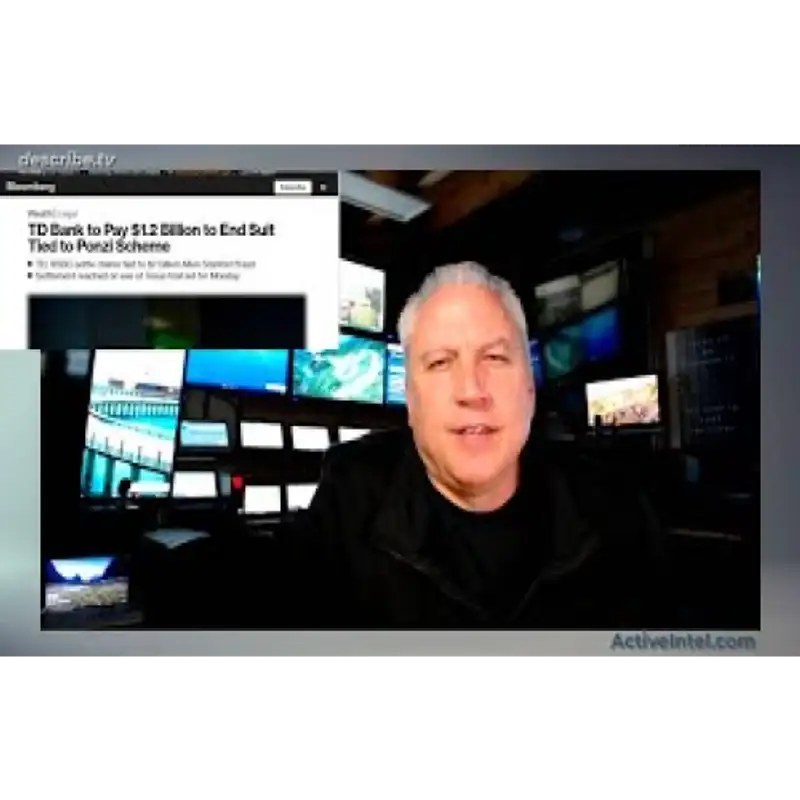Fraud Victims: How to Recover Your Money from the Bank
Download MP3There's a very good example of what we've talked about many times in terms of third-party liability. If you've been a victim of a scam, fraud, or a Ponzi scheme, you may find that the primary fraudster, the person who scammed you out of your money, only has some of your money to give back. When you go through the entire asset search and asset recovery investigation process, maybe you can get back 40, 50 cents on the dollar, maybe 60 cents on the dollar in some cases, but you're going to be short. How does that get resolved?
Well, like many fraud cases, most of the money that comes to victims, like in the Bernie Madoff case or Scott Ross' case, comes from third parties. There are many third parties that, even if they weren't directly involved with the scam, enabled that scammer. They helped that fraudster unknowingly to take your money. It could be a bank, an attorney, an advertising company, or sometimes a marketing company or employees that allowed that scammer to do as much damage as they did. So, in many cases, there's recovery available from those third parties.
Part of any investigation is to discover which third parties enabled that scammer to take your money. Maybe it's a website company, or maybe it's a registrar of domain names. Here's a perfect example: There was a $7 billion Ponzi scheme, and the victims were short $1.2 billion. The bank, TD Bank, that was involved with this had to pay out. Now, this bank didn’t do the actual scam. They weren't the Ponzi schemer. They just opened up bank accounts for this scammer.
Now, they didn’t know that this person was committing fraud. They probably didn’t know that the person was doing a Ponzi scheme, but they did maybe not perform enough due diligence. Maybe they missed some paperwork when they let them open the accounts. There's always going to be some deficiency that the third party did unknowingly that allowed that scam to extend or become bigger or last longer. And that's where third-party liability comes in.
So, when you do an investigation into a scam, check out these third parties. Without this, look—they have to pay $1.2 billion. It’s not something you have to chase down and find. TD Bank has $1.2 billion. The scammer, you might have to chase down all their bank accounts and real estate. The third parties? They’re not hiding their assets. Banks can’t hide their assets. They have real estate and all the assets out in plain sight. Plus, many of these third parties have insurance.
They have Arizona missions insurance, professional liability insurance—if it's an accountant or an attorney, they’re going to have insurance policies that will immediately pay out if they’re discovered to have third-party liability.
So, if you are a victim of any kind of fraud, be sure to include in your investigation, your legal action, or your research the observation of what third parties may have liability and owe you money. Remember, we're not attorneys, we're not giving you legal advice, but this is something that a lot of our clients, through their attorneys, will look at for their clients to make sure that they're not left out in the dark and don’t get all the money that’s coming to them—money they lost in a scam—because some banker, accountant, or law firm didn’t do their due diligence and let that scammer get away with it and take your money from you. They owe it to you back.

